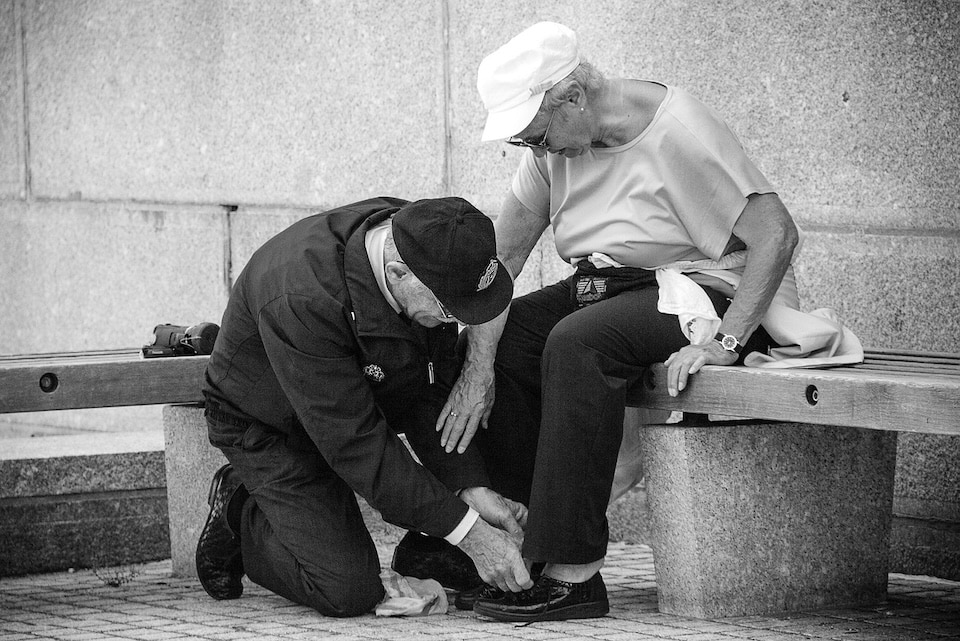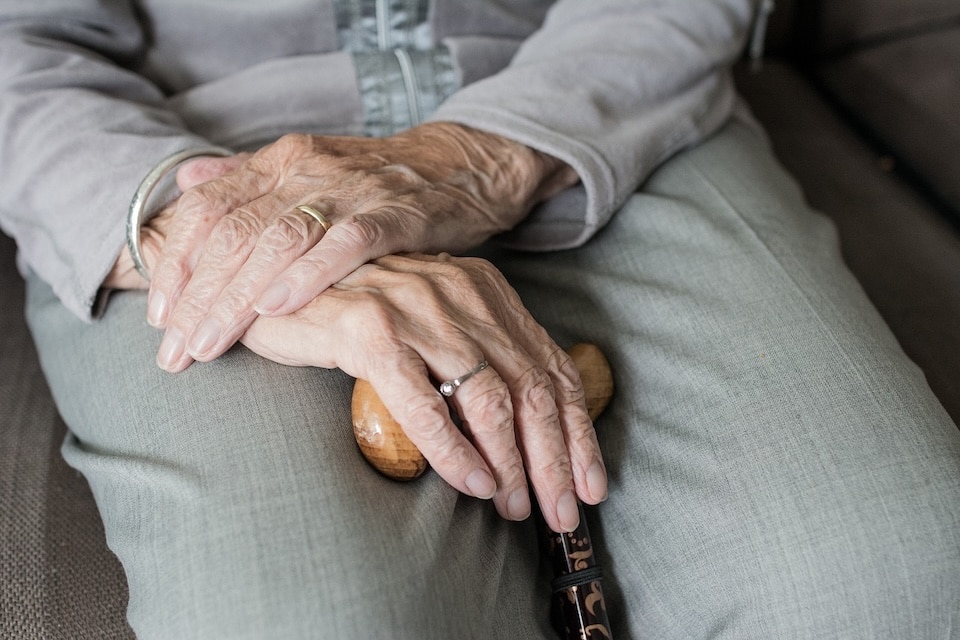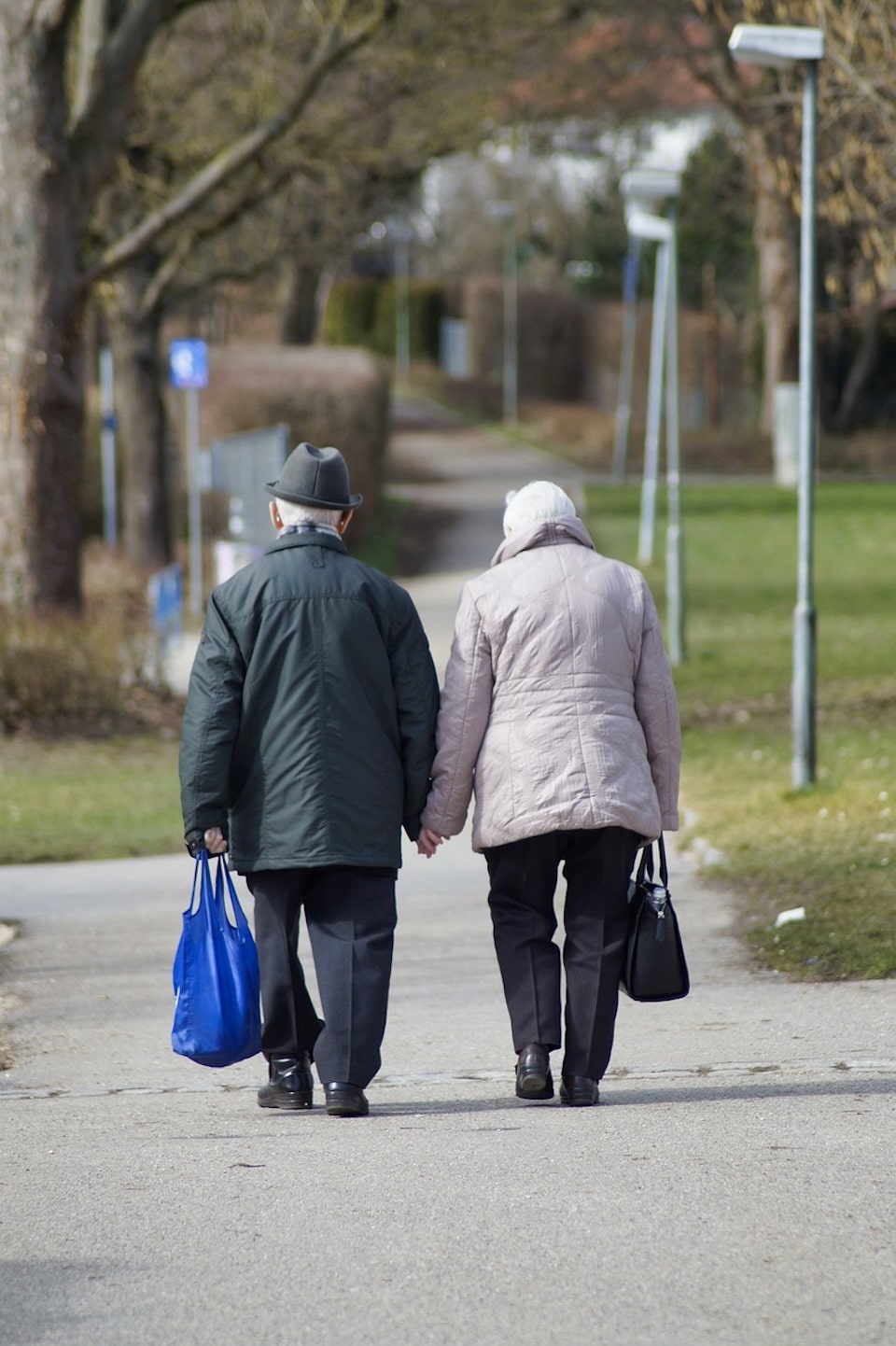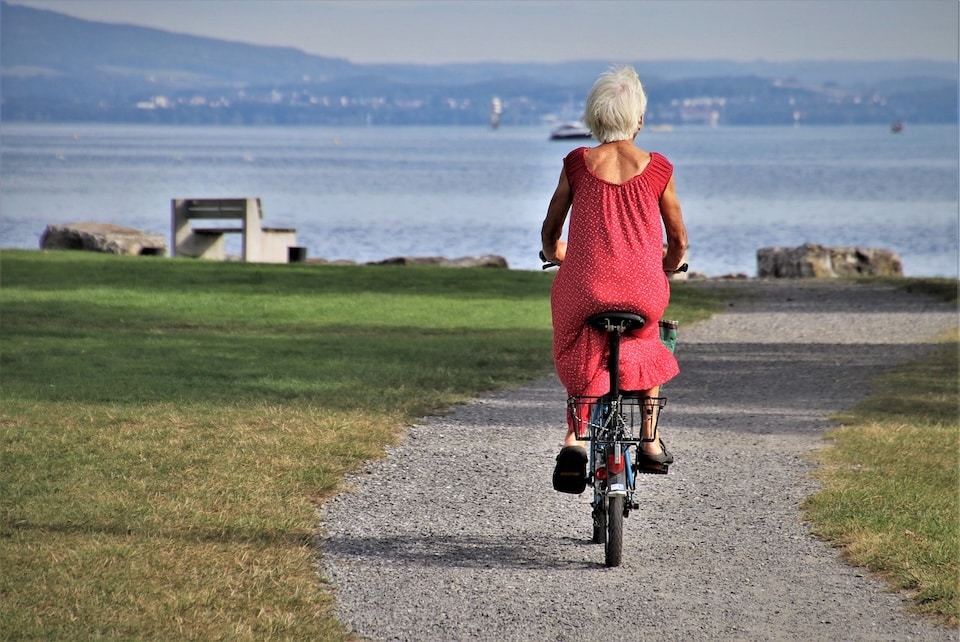As we age, we can experience an extensive array of emotional and physical changes. Obviously, individual situations will differ, but it is very common for mature people to have bouts of sadness, loneliness, hearing and vision loss and physical limitations. This is not a blanket statement as no two people age exactly alike and their emotions are exclusive to them, but we all know that Old Father Time waits for no one.
I have been curious about what age group is most vulnerable to crime, so I did some research, and it looks like the elderly population wins the jackpot in several different styles of victimization. There are tons of articles and information out there that support my research, so much so, that I have had to narrow down my article’s subject matter to just theft/burglary.

Who is considered “elderly”? USCourts.gov reports that there is no agreement among researchers on the specific age that should be used to categorize the “elderly.” Some of the research on older offenders and victims of crime categorizes the older person as age 50 and above; other researchers use 60 years and above as the cut-off point, where some have used 65 and above as the age to define the elderly and still some say ages 75 and older. In the research presented in my article, elderly is defined as age 70 or more.
Office of Justice Program researchers have identified the elderly population as being more vulnerable to crime than other age groups. Below are bullet points as to why a more mature person is targeted.

Now that we have established why, let’s establish what kind of crimes are most favored among criminals. You may not believe this, but the elderly are the least victimized age group for violent/major crimes/felonies – but, are the most victimized for purse snatching. They rank highest for burglary, physical abuse, robbery and financial fraud/scams. A large group of seniors from 10 counties in Florida and Texas were all asked the same question, “What style of crime is a major concern for you”? Their survey responses were, as follows:
When their answers were compared to the actual crimes reported, some of their fears were solid, but some were exaggerated. The reported crimes in their counties for purse snatching, rape and murder was almost nonexistent in their age group, but crimes ranked very high for thefts and burglary.

Through my research, I am seeing a very distinct pattern on where and when these crimes take place. It is clearly the environment and location that breeds opportunity. Most theft/burglaries happened in broad daylight between 10 a.m. and 3 p.m., at the their residences, or within walking distance of their homes.
Now that we have established who, why, what, where and when, let’s talk about property crime prevention (on body or at home) for ages 65 and above, without spending a big chunk of money.

I would like to close with a definition of “mindset” from John Hearne, owner of Two Pillars Training and a rangemaster staff instructor.
“For me, the mindset is a simple word to describe a very complex state of mind. Reduced to its essence, proper mindset is the possession of a mental representation, aka a mental map that accurately reflects one’s daily reality. The research from a variety of fields, whether it’s a professional sports team or a surgeon, tells us that those with the best mental maps consistently perform the best. A proper self-defense mindset starts with the acceptance that there is evil in the world. If you don’t or can’t accept that there is evil in the world, then the mental preparation, tool carrying, and skill acquisition are just motions gone through to feel better or ‘safer.’
“If you have accepted the world as it is, then all our accepted best practices logically follow. For instance, if your mental map is accurate, you know that injury is always a possibility, and it naturally flows that you’ll have the knowledge and tools to deal with it. Part of a valid mental map includes a risk profile that changes from day to day, or even hour by hour. This realistic assessment of your greatest threats drives everything from the tools you carry to the choice to even carry a gun at a particular location. In a nutshell mindset is the acceptance of the world as it is, not how we would like it to be, and then doing what is necessary to prepare.”
Follow Shelley Hill at The Complete Combatant website and its social media platforms.
Read all of Shelley’s articles at The WON in her column.
Shelley Hill wears a "bunch of hats." Her husband, Brian, named her the “Indispensable Organization Wizard” about 25 years ago and that has become her official title. Shelley is co-owner, XO and instructor at The Complete Combatant. She is an HK Brand Ambassador, publishes regular articles in Women’s Outdoor News and Shooting Illustrated, teaches online classes, is an Active Self Protection Certified Instructor, an Instructor Graduate of Modern Samurai Project's Red Dot Instructor program, NRA Certified Instructor, Certified NRA Chief Range Safety Officer, Refuse to be a Victim Instructor and is a Certified OC (Pepper Spray) Instructor through Chuck Haggard's Agile Training & Consulting. She is the designer and mastermind behind Image Based Decisional Drills, Smart Choices , LockedIn Grip, The Complete Combatant's annual The Mingle for professional ladies in the "firearms/self defense" industry and The Quest for red dot shooters. She is also the President of a non-profit organization called Blue Line Ponies. This 501c3 focuses on providing a retirement range for our career service horses. Shelley is also a presenter at several national conferences is a public speaker and she actually loves people. View all posts by Shelley Hill